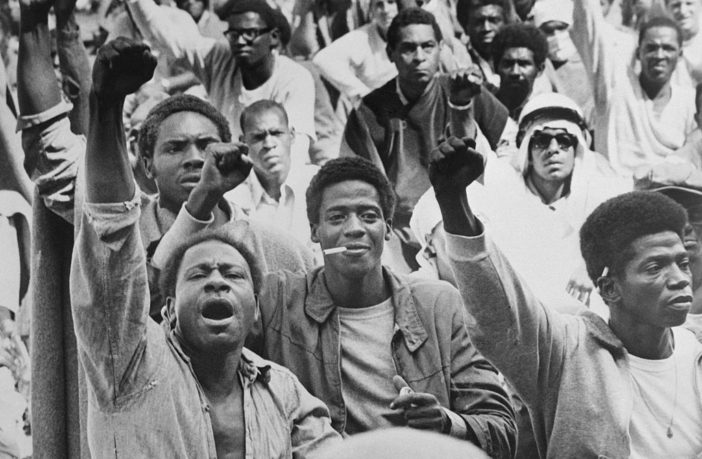The spark? The arrest of Marquette Frye, a Black man driving his car. This single act ignited frustrations that had been building for too long.
According to History, in the two years preceding the riot, police shootings targeted 65 Black residents, with 27 incidents involving shots in the back and 25 individuals being unarmed.
The Watts community was mostly Black. The people who lived there often felt mistreated by the police. It wasn’t just this incident; it was a history of unfair treatment. Poverty was rampant; good jobs, nice houses and good schools were scarce. When Marquette Frye was arrested, the neighborhood erupted. People were tired of being treated unfairly. For six days, the streets were on fire – not just with buildings, but with anger. The people wanted fairness, respect and change.
The uprising led to the tragic loss of 34 lives, leaving more than 1,000 injured and causing more than $40 million worth of property to crumble in its wake. Pictures from those days often show big fires started by the rioters. Many buildings and street blocks were burned down completely.
The Watts Riots weren’t just about that moment, though. They were about bigger problems – how Black people were being treated across the country. The riots forced people to open their eyes. They shook things up.
After the chaos settled, conversations changed. People realized there were deep issues that needed fixing. Efforts to make things better started, not just in Watts, but in other places too. It’s part of a tough journey, but an important step towards fairness.
The Watts Riots remain a crucial chapter in history.
The Watts Riots of ’65 spoke to the truth loudly. Then, more recently, the Montgomery Brawl followed suit.
In Montgomery, history repeated itself, not in the same circumstances but with a familiar refrain of unity. A Black riverboat co-captain faced aggression from a group of white individuals. Yet, in an inspiring display of solidarity, a diverse crowd of predominantly Black people came to his aid.



